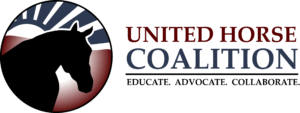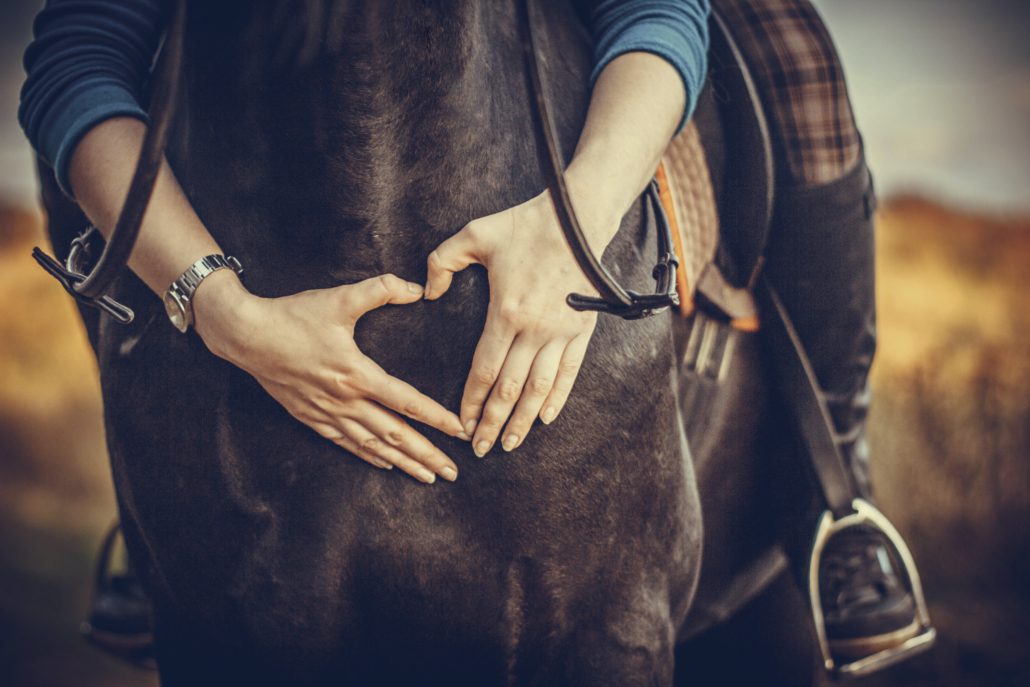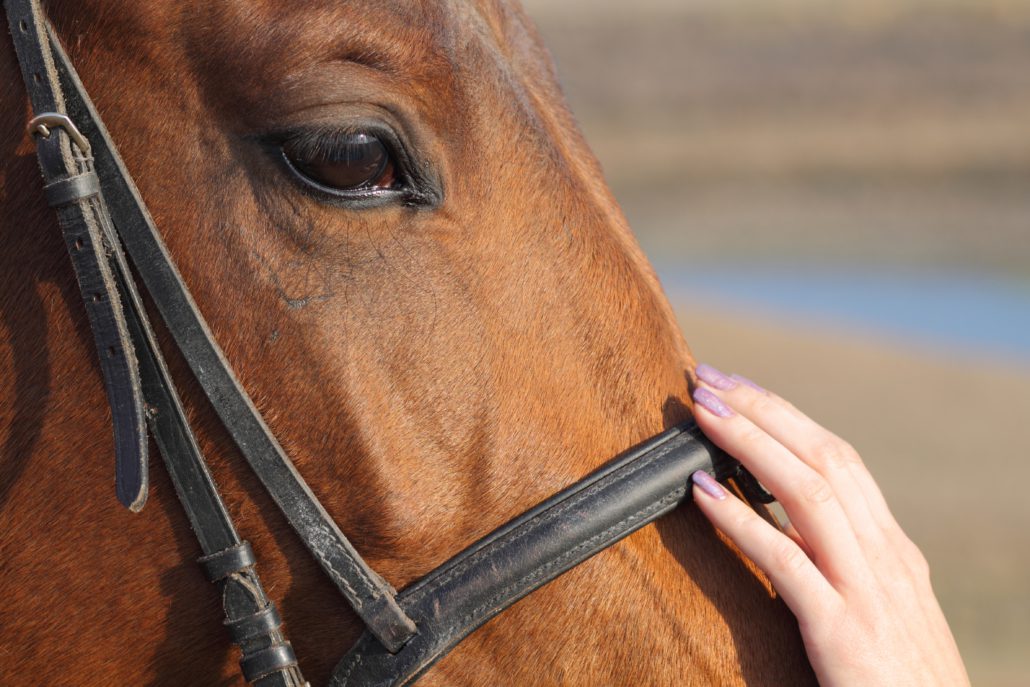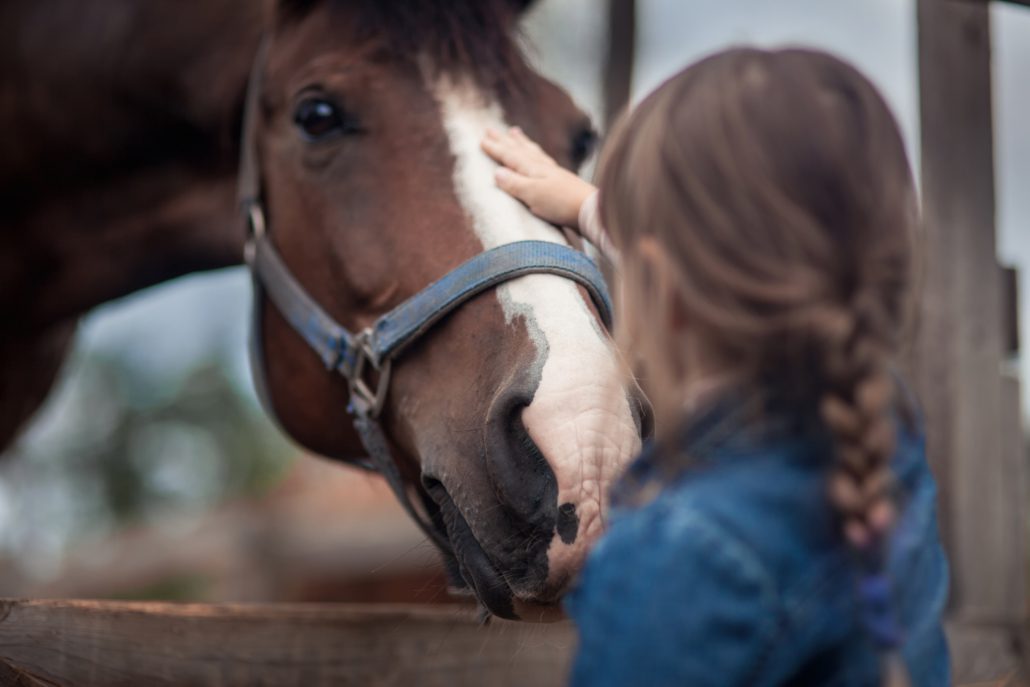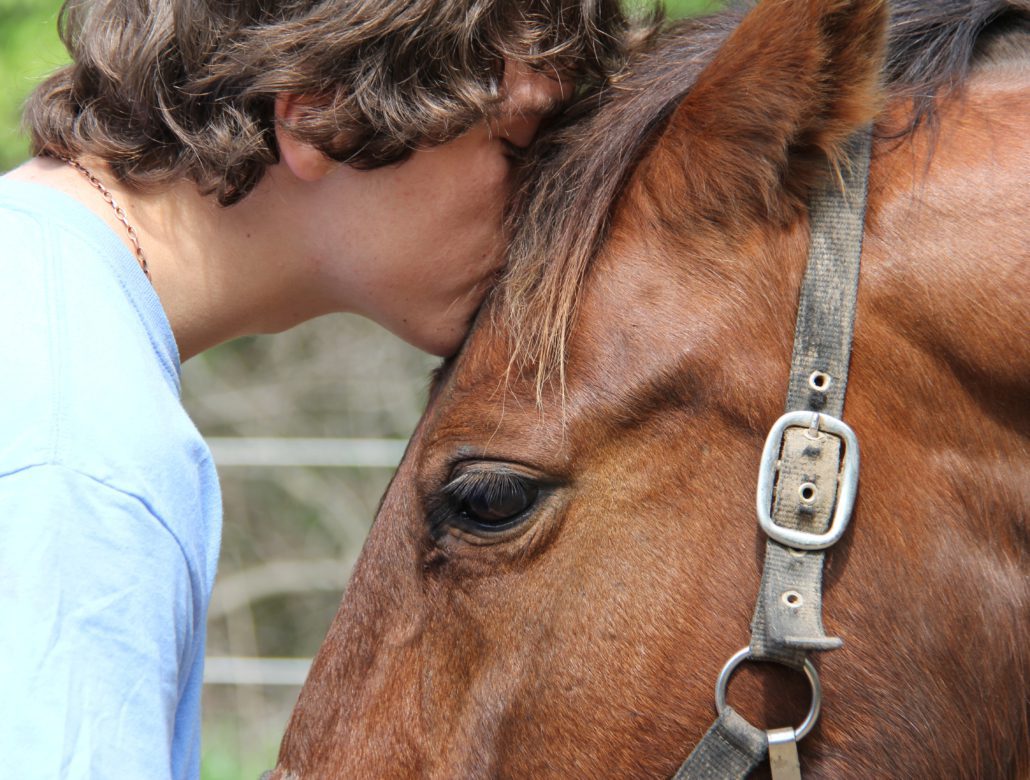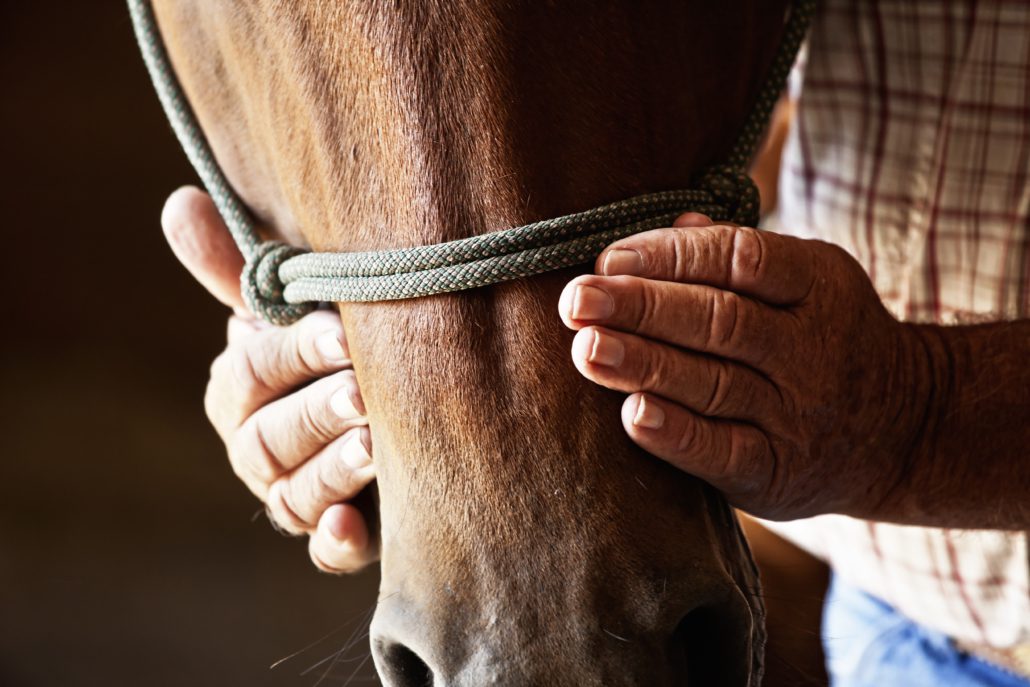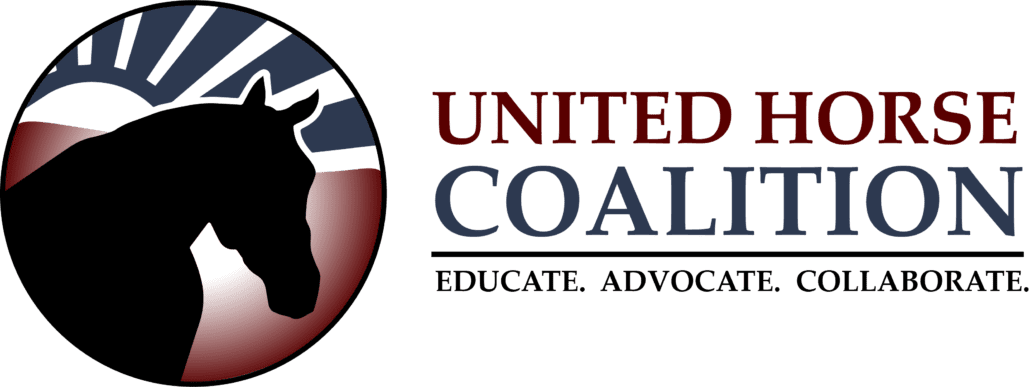HORSES AT-RISK, OR IN TRANSITION:
From “Unwanted” to “United” changing the way we think about horses.
Since its inception in 2006, the United Horse Coalition was created with one goal in mind – to create a neutral coalition and safe setting, in which all organizations within the equine industry, no matter their background or role, could discuss the plight of what was then known as the “unwanted” horse population. The coalition was tasked with bringing everyone together to create programs and initiatives to help the “unwanted” horse population, including those at risk for export and potential slaughter. The mission of UHC continues today, including a recent name change from the “Unwanted Horse Coalition” to the newly branded “United Horse Coalition” – a better reflection of the need to change the way in which we discuss the equines who need our help the most.
In the age of social media, words can mean everything, and we understand the importance of conveying the right message. With that in mind, a movement has been started in which the “unwanted” horse has now become the “at-risk” horse, or one in “transition.”
To further define these words:
AT-RISK:
An equine that has an increased possibility of experiencing a situation of neglect, abuse, or general poor welfare.
IN TRANSITION:
Any equine that is currently in transition from one home, vocation, opportunity, or owner to the next. Throughout its lifetime, most horses will have multiple homes and owners. Often, these horses find themselves in transition due to no fault of their own, but rather as the result of a change in the owner’s circumstances (time, location, finances, need, etc.)
Although these horses are considered at-risk, or at a transitional point in their lives, there are options available to them:
For a variety of reasons, there comes a time in many horse owners’ lives in which they are no longer able, physically, or financially to provide care for their horse. Sometimes the horse is very much wanted, but an owner’s circumstances do not allow them to keep their beloved horse. It is important to note, that not all horses at-risk or in transition have suffered from neglect and abuse. Owners may become ill, or have a change in their financial capability to care for a horse. A rider may outgrow their horse both in size and skill, and in turn a horse may also be better suited for a career change depending on age, temperament, and soundness. It is incredibly common for various reasons for a horse to change hands frequently throughout their life.
*If you find yourself in a situation, in which you want to keep your horse, but need temporary assistance until you can get back on your feet physically or financially, there are various safety net programs available to help. Please visit UHC Safety Net Programs and Resources for more information.
Horse owners should feel a moral obligation to make sure their horse in transition ends up receiving proper care and treatment. Legally, as a seller, you must share anything important you know about the horse’s behavior and physical condition. If the horse is healthy and of a reasonable age, it is always best to find a suitable new vocation, owner, or home, rather than have to euthanize the horse. On the other hand, if the horse is old and not in good health, or suffering, then the most humane decision may indeed be euthanasia – this is a decision between you and your veterinarian.
In most cases, there are 4 options available to owners: sale, donation/gift, surrendering to a rescue/sanctuary, or euthanasia. The options available to you may be based on the health, soundness, age, training level, and temperament of your horse. Some options have strict criteria for qualification; not every horse is suitable for every job. For more information visit our Resources for Owners section.
